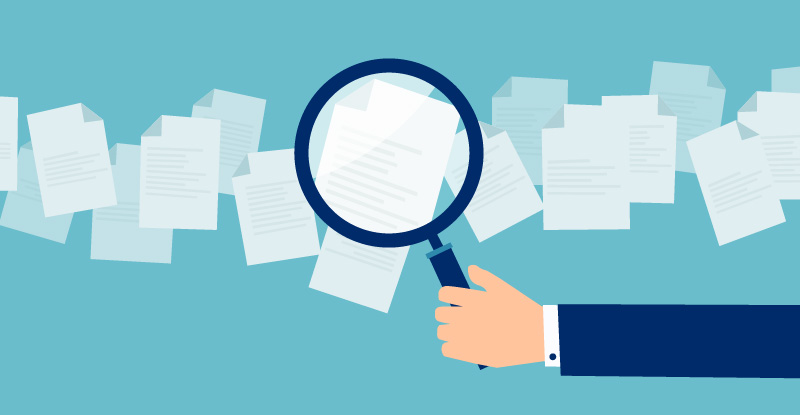
The 2022 tax season is in full swing and you have until May 2, 2023 to file your income tax return to avoid any penalties. To help you through what may seem like a daunting task, here are five tips to guide you through this tax season and in future years.
- Keep up with income tax changes
Tax laws change all the time. For example, in 2023 the annual TFSA contribution limit has been raised to $6,500 (it still remains $6,000 for the 2022 tax year). The new Tax-Free First Home Savings Account is also expected to be launched this year. Stay updated on the latest changes and double check how they affect your filing. If you do not work with a CPA to file your income tax, the CRA website is a good resource for you to refer to.
- Stay organized throughout the year
Taking a few easy steps to keep your tax documents organized throughout the year will help ease the stress and discomfort of tax season. Find a filing system – whether digital or paper – that works for you in keeping your medical receipts, donation slips, and other tax documents. Come tax time, it will be much easier for you or your CPA to access your documents, allowing more time to focus on creating a strategy to help minimize your tax liabilities. Remember to hold on to your records for six years and file your documents by tax year for easy retrieval.
- Choose your software or tax service carefully
If you choose to prepare your own tax return, don’t simply opt for the cheapest software available. It’s more important to select a tax preparation package that suits your circumstances. There are many tax filing software options available and they range in price and services. For more complicated tax issues, such as if you own rental property, started a side business, or sold some assets which resulted in capital gains or losses, you may want to consider purchasing a more robust software package. Alternatively, consider working with a CPA that is a tax professional. When hiring a CPA or a firm to prepare your tax return, make sure they have the relevant qualifications by confirming their qualifications with CPABC’s firm directory.
- Keep track of carry-forward amounts
Keep track of carry-forward amounts like capital losses, tuition, and RRSP amounts. With your RRSP, refer to your Notice of Assessment to review your contribution limit for the next year. For example, after filing your taxes for 2022, your Notice of Assessment will state your contribution limit for 2023. This will be helpful as you make plans to contribute to your RRSP during the year for both maximizing your contributions and avoiding penalties for over-contributing. You can also find these balances on the CRA website by logging into My Account with CRA.
- Plan ahead to reduce your taxes
marginal income tax rate. If you didn’t do this for the 2022 tax year, don’t worry. 2023 is a new year and you can start now. Begin by doing some research and laying out a tax plan that could potentially lower your tax liability, or the taxes you may owe, in advance. One way to get started is to consider your future income projection and marginal income tax rate.
There are three fundamental ways to reduce your taxes:
- Lower your gross and taxable income by deferring income to another year.
- Take all allowable deductions, such as by maximizing your RRSP contributions.
- Use all your available tax credits to lower your total taxes owing.
The key to proper planning is to understand the relationship between these three fundamental concepts and how they fit within your overarching tax-planning strategies.
Melanie Schroeder, CPA, CGA is the CEO and founder at Out of The Box Chartered Professional Accountant Inc. and is a CPABC financial literacy volunteer.
To learn about CPABC’s financial literacy sessions, visit CPABC's FinLit page. Review CPABC's personal finances resources for more tips.



